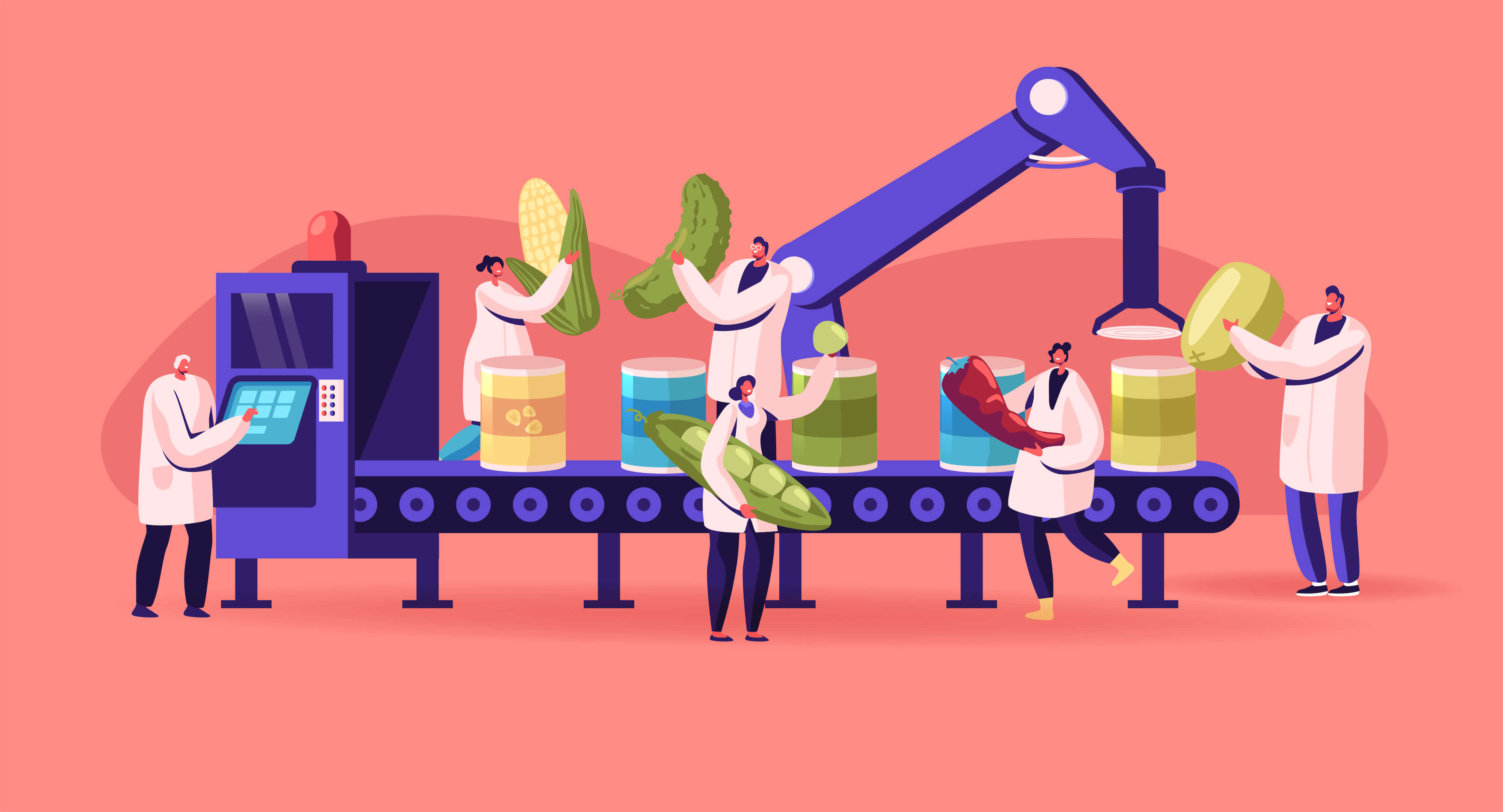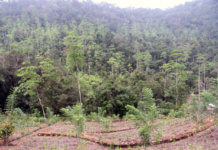We might see the effects of climate change on the shelves of our fridges and pantries before we feel a change in temperature.
According to Sylvain Charlebois, Professor at Dalhousie University, family businesses in the food industry – including smallholders, multinational agribusinesses and everything in between – are having to adapt quickly.
Openness to new ideas and collaboration with others might well be the deciding factor when it comes to sustainability. The full extent of climate change’s impact on food production and distribution is unknowable. As such, the ability to react well, implementing effective technologies or practices as soon as they appear – even if that means working with the competition – is an essential strategy going forward. Simply put, when it comes to climate change, we are all in it together.
Without the same technology and resources, developing nations farming coffee, vanilla and bananas are most at risk. In these cases, collaboration, according to Sylvain, is not just an effective strategy; it’s our responsibility. Those most affected will require not only external help in overcoming the symptoms of climate change but also assistance in meeting their environmental goals to ensure the problem does not get worse.
We spoke with Professor Sylvain Charlebois to learn more.

How is climate change impacting food production around the world?
The science is clear: we are experiencing climate change. However, there is still some debate as to whether or not that constitutes a climate crisis. Either way, I’m interested in how climate change can affect the environment and, consequently, food production.
The first example is its impact on the agricultural sector. The processing, distribution and retail of food have been irreversibly altered; farmers claim they are having to combat the effects of climate change to protect the supply chain.
What are family businesses doing about it?
Many companies in Canada and the US realise that they cannot tackle climate change on their own. Instead, they need to work together towards a solution. We see cooperation both upstream and downstream in the supply chain, which is having a positive impact on business practices. All companies work with similar suppliers and face the same problems with their products.
Family businesses tend to manage risk well and, therefore, could make excellent leaders when it comes to remedying the impacts of climate change.
Family businesses tend to manage risk well and, therefore, could make excellent leaders when it comes to remedying the impacts of climate change. At the same time, however, many do not excel at working with other companies – proprietary practices and products tend to make them more secretive. What they need to realise is that climate change will force them to re-evaluate these practices and become more collaborative regardless.
What role does technology play in helping the food sector to combat climate change?
Because bacteria generally prefer a warmer environment, climate change could potentially impact food safety; here, technology has an important role to play. In recent years, consumers have been exposed to a spate of food recalls, with some products containing serious levels of contamination. In North America, food recalls cover thousands of kilometres of distribution and, therefore, have a correspondingly significant impact on the market. One outbreak can affect millions of customers.
The most common recalls are associated with E. coli and salmonella. Enhanced equipment and technology are essential for an increased ability to recognise the presence of these pathogens but are insufficient alone. Consequently, we must also reassess our way of thinking as well as the practices we use. In Canada, bacteria such as listeria were previously not tracked, but the warming climate in recent years has forced the food industry to be more diligent.

How else is climate change impacting family businesses in the food production and distribution business?
Currently, the emphasis is on how food gets to market, with distance being the most significant factor in consideration. In North America, we are grappling with the advent of carbon taxes, which target the consumption of non-renewable energy.
The food industry is not exempt: Canada is implementing a carbon tax at CA$50 per tonne of C02 nationally, with some provinces assigning higher rates. In order for the country to meet targets set by the Paris Agreement, the cost is predicted to rise to CA$210 per tonne by 2022.
We know that large-scale change takes time to implement in any business, let alone an entire industry – hence the reason for carbon taxes. Political pressure will force companies to make substantial changes almost immediately in order to comply. As a result of these taxes, the geographic importance of all levels of the supply chain will become essential to success now more than ever. Companies will need to find innovative ways to acquire materials and get their products to the market with the smallest carbon footprint possible.
Policy changes resulting from the Paris Agreement are also creating imbalances around the world, with countries that are more compliant with emissions targets at a disadvantage. Canada is concerned about the lack of commitment by the US to reducing emissions, which many feel could penalise Canadian businesses and make US products unfairly competitive. Therefore, the implications of policy-driven change must be carefully weighed.
The most vulnerable regions are in developing countries, where farmers have little access to research and development or the latest technologies. This makes them the most susceptible to climate change, with commodities such as coffee, bananas and vanilla particularly vulnerable.
[ms-protect-content id=”4069,4129″]
Who is most at risk when it comes to climate change?
The most vulnerable regions are in developing countries, where farmers have little access to research and development or the latest technologies. This makes them the most susceptible to climate change, with commodities such as coffee, bananas and vanilla particularly vulnerable.
I would say that developed regions have a shared responsibility to ensure disadvantaged regions can meet expectations for climate change adjustments. Many countries do not have the capability to adapt easily, so cooperation is imperative to protect their future.
What strategic advice do you have for families trying to overcome these challenges?
Some family businesses are already forming strategic collectives to help them manage climate change, while others should consider seeking out external perspectives. I was recently consulted, along with four other experts, by one of Canada’s largest egg processors – a family-owned enterprise.
We discussed climate change strategy, and my key recommendation was ensuring continued exposure of the family to external ideas, formally and informally, to create an open system. Even though it’s a fourth-generation, US$10-billion company, the family sought external advice to improve their business. That openness to explore necessary strategic adjustments as they come up will be essential for tackling the immensity of climate change.
[/ms-protect-content]














